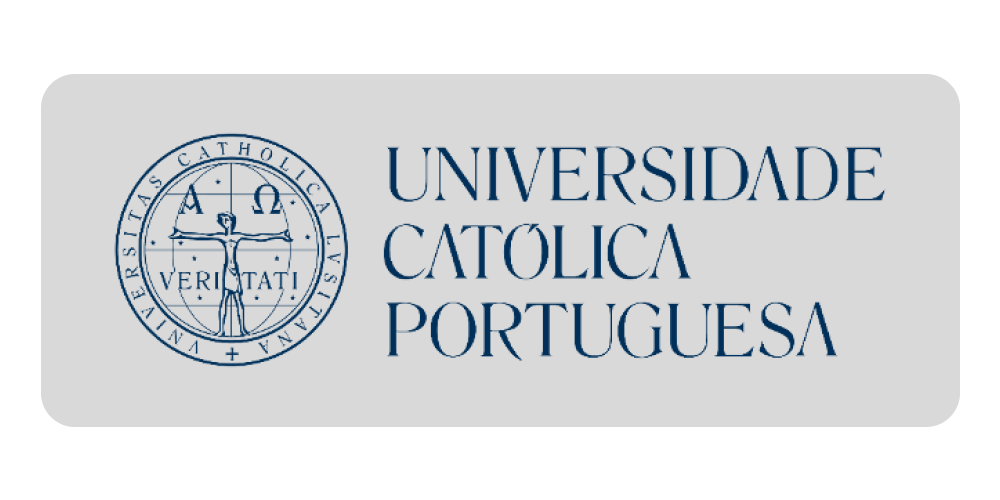Novovjekovni nabožni predmeti iz grobova oko crkve sv. Nikole biskupa u Žumberku
2017
Croatian
Crkva sv. Nikole biskupa u Žumberku izgrađena je u srednjem vijeku, vjerojatno polovicom 13. stoljeća, u gotičkom stilu. Uz crkvu je do kraja 18. stoljeća funkcioniralo i groblje, koje se potom premješta na obližnju lokaciju, gdje se nalazi i koristi do današnjih dana. Konzervatorsko-restauratorska istraživanja crkve započela su 2004. godine, a 2006. godine započinju arheološka istraživanja groblja, koja su od 2010. godine sustavna. U ovom radu obrađeni su nabožni predmeti pronađeni u arheološkim kampanjama provedenim od 2011. do 2014. godine. Nabožni predmeti ili devocionalije su predmeti religijske namjene, koji potiču ili proširuju pobožnost. Među njima se svojom brojnošću ističu medaljice, a slijede ih križevi, krunice i brevari. Ukupno je u ovom radu obrađeno 70 nabožnih predmeta, većinom iz grobnih cjelina, dok ostatak čine slučajni nalazi. Sve vrste medaljica (osim jubilejskih) su zastupljene s barem jednim primjerkom. Brojnošću se ističu svetačke medaljice, među kojima dominiraju medaljice sv. Benedikta. Slijede ih hodočasničke, a s najviše primjerka je zastupljen Mariazell. Značajan je nalaz trsatske medaljice, prve pronađene u kontinentalnom dijelu Hrvatske. Od ostalih nabožnih predmeta trebalo bi izdvojiti tri velike nanizane krunice i ovalni brončani brevar unutar kojeg su ostali sačuvani brojni predmeti, uključujući i fragmente papira s tekstom. U radu su dani mnogobrojni podaci o zastupljenosti nabožnih predmeta po spolovima pokojnika, njihovoj dobi u trenutku smrti i o načinu ukopa. Sve je popraćeno grafovima i tablicama. Na kraju rada nalaze se table i katalog sa svim predmetima, potanko opisanima.The Church of St. Nicholas the Bishop in Žumberak was built in Gothic style during the Middle Ages, probably around the year 1250. The graveyard by the church was in use until the end of the 18th century when it was moved to a place nearby and where it still is today. The conservation and restoration work on the church began in 2004, and the archaeological excavations of the graveyard started two years later. Since 2010 the graveyard has been excavated systematically. Devotional objects, found in excavations from 2011 to 2014, were analyzed in this paper. They were made for religious purposes and their main goal was to stimulate piety. The most common devotional object found during the excavation was the religious medal, but many crosses, rosaries and breverls were also found. There were seventy devotional objects analyzed in this paper, which had mostly been found in the graves. The rest was found in the soil by chance. All kinds of religious medals were found during the excavations, except the jubilee one. The most common kind of devotional objects found during the excavation were the religious medals with depictions of saints, and the second most common were the pilgrimage medals. Medals with the depiction of St. Benedict were the most numerous ones. Most pilgrimage medals were from Mariazell in Austria. One of the more significant findings was the medal from Trsat, because it was the first of that sort found in continental Croatia. Besides that, three big beaded rosaries and one oval bronze breverl were found. All kinds of objects, including fragments of paper with readable text were found in the breverl. Much data about the method of burials were provided in this paper. Moreover, there are significant data regarding the representation of devotional objects per gender and age. All data are accompanied by tables and diagrams. There are tables with pictures and catalogue of findings at the end of the paper, with all devotional objects described in detail
Novovjekovni nabožni predmeti iz grobova oko crkve sv. Nikole biskupa u Žumberku
 Stingl, Sebastijan
Stingl, Sebastijan
Crkva sv. Nikole biskupa u Žumberku izgrađena je u srednjem vijeku, vjerojatno polovicom 13. stoljeća, u gotičkom stilu. Uz crkvu je do kraja 18. stoljeća funkcioniralo i groblje, koje se potom premješta na obližnju lokaciju, gdje se nalazi i koristi do današnjih dana. Konzervatorsko-restauratorska istraživanja crkve započela su 2004. godine, a 2006. godine započinju arheološka istraživanja groblja, koja su od 2010. godine sustavna. U ovom radu obrađeni su nabožni predmeti pronađeni u arheološkim...
Preuzmite dokument
Croatian
2017
 Stingl, Sebastijan
Stingl, Sebastijan






